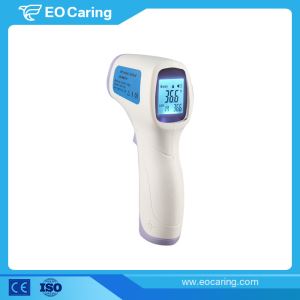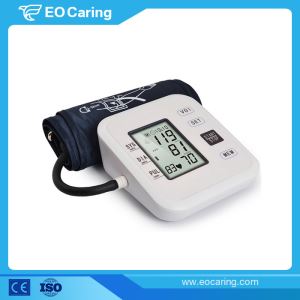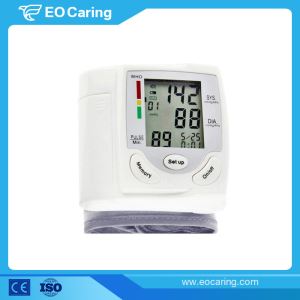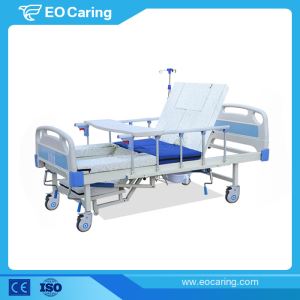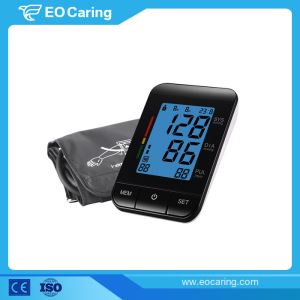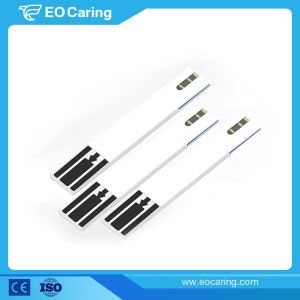- How To Accurately Measure Blood Pressure Using Sphygmomanometer-
- Apr 23, 2018-
Measuring blood pressure according to the following guidelines determined by the American College of Cardiology, the American Society of Hypertension, and Bailey and Bauer will help reduce the occurrence of blood pressure errors:
1, reduce the physiological changes in blood pressure measurement, blood pressure should be measured in a quiet and warm room to ensure that the patient does not eat, smoke, drink coffee or bladder filling for a short time, and explain to the patient the method of blood pressure measurement to reduce the patient's anxiety sense.
2. When the patient takes the seat, the back should rest on the back of the chair, do not cross the legs, and lay flat. Whether the patient is in a sitting position or in a supine position, the midpoint of the upper limb should be at the level of the heart and rest for 5 minutes after posing.
3. Use the mercury sphygmomanometer as far as possible. If you are using a non-liquid type sphygmomanometer, you should check whether the pointer is at 0 position after measuring the blood pressure at the beginning and end to avoid some small sundries sticking the pointer to the 0 position and every 6 months. Calibrate the liquid-free sphygmomanometer once; align the middle of the mercury sphygmomanometer with the dial of the sphygmomanometer with no liquid level.
4. The airbag of the cuff should surround 80% of the upper arm and 100% of the upper arm of the child, and the width should cover 40% of the upper arm.
5, the cuff should be comfortably tied to the patient's bare upper elbow an inch, the balloon placed above the iliac artery, when inflated by touching the iliac artery fluctuations to obtain systolic blood pressure estimates, pulsating when measured systolic pressure Will disappear.
6. Place the auscultation head on the artery on the lower edge of the cuff, quickly inflate the cuff to 2.77-4.00 kpa on the estimated blood pressure value according to the pulse, and then open the air release valve so that the airbag is 0.267-0.400 kpa per second. The speed is deflated.
7. Note the appearance of the first sound (korotkoff stage I), when the sound changes (stage IV) and when the sound disappears. When hearing korotkoff's sound, it should be deflated at a rate of 0.267 kpa per beat.
8. When you hear the last korotkoff sound, you should continue to slowly deflate to 1.33kpa to find out if there is an auscultation gap and then deflate at an appropriate rate.
9. Record systolic pressure and diastolic pressure, respectively.
10. After at least 30 seconds of rest, repeat the measurement of blood pressure in the ipsilateral or contralateral upper limbs and average the two values.
- The Difference Between A Mercury Sp...
- Operational Errors Affect The Measu...
- Blood Pressure Monitor Glass Tube W...
- Sphygmomanometer Air Leakage
- Sphygmomanometer Sensitivity Differ...
- Mercury Leaked
- Help Yourself To Monitoring Your Bl...
- How To Choose The Right Wheelchair
- How To Use Your Home Digital Blood ...
- Is The Digital Thermometer More Acc...
- The Development Of China's Medical ...
- Measuring Principle Of Blood Pressu...
- New Guidelines For High Blood Press...
- Precautions In The Use Of Electric ...
- Electric Wheelchair Purchase Tips
- The Type Of Blood Glucose Meter
Related News
